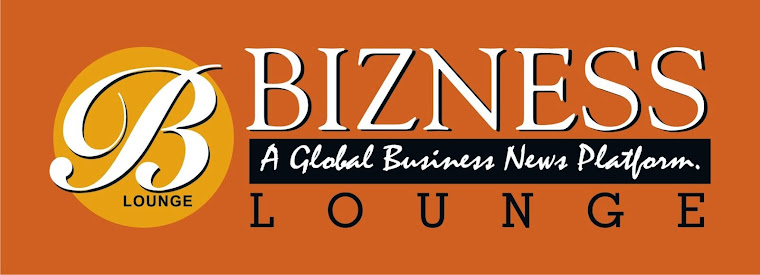
Miroslav Singer, governor of the Czech central bank, entered the debate yesterday,... Read More
A measure of volatility jumped this month by the most among 31 major peers as the koruna fell to a six-year low of 28.5 per euro. The exchange rate is so far away from the 27-per-euro cap imposed by the central bank more than a year ago when inflation was the bigger threat that Goldman Sachs Group Inc. says it’s now “odds on” that the ceiling gets adjusted to 30 per euro.
“I expect the koruna to tumble much further,” Bernd Berg, director of emerging-market strategy at Societe Generale SA in London, said by phone on Jan. 12. “The economy is on the brink of deflation. This has increased the likelihood of a dovish monetary-policy reaction.”
While neighboring Poland and Hungary have room to cut interest rates to curb deflation, the Czech Republic’s options are limited because its borrowing costs are already
close to zero at 0.05 percent. Central-bank Governor Miroslav Singer entered the debate yesterday, seeking to play down the prospect of a lower currency limit by saying it may only become necessary if there were a “long-term increase in deflation pressures.”
Paring Losses
Singer’s comments in a blog on the Czech National Bank’s website helped the koruna rally late in the trading day, though it’s still 2 percent lower against the euro this year, the biggest loss among 31 major currencies after Russia’s ruble.The koruna traded at 28.238 per euro at 9:19 a.m. in London, after tumbling to 28.517 on Jan. 12, the weakest level since March 2009. SocGen recommends selling the currency with a target of 29.25, about 3 percent below current levels, after it approached the bank’s earlier estimate of 28.75.
Further declines may be on the way. Traders paid 1.96 percentage points more for three-month options to sell the koruna versus the euro on Jan. 12 than for contracts allowing for purchases. That’s the widest premium since July 2012 based on closing prices, according to risk-reversal prices compiled by Bloomberg.
SocGen, BNP Paribas SA and Goldman Sachs all published reports this month saying a weaker koruna cap has become more likely amid falling oil prices and slower growth in the euro area, the main buyer of Czech exports.
No Breach
Czech policy makers implemented the existing limit in November 2013, purchasing about $10 billion of foreign currency to prevent the koruna from strengthening beyond 27 per euro. That made it the only major central bank other than Switzerland’s to explicitly target a weaker exchange rate to fight deflation.While the currency hasn’t breached the cap, the limit has been less successful in pushing up consumer prices. Prices rose 0.1 percent in December from a year earlier, a Jan. 9 report showed, compared with the central bank’s 2 percent target.
Bank of America Corp. says the koruna’s ceiling won’t need revising because an anticipated government-bond purchase program, or quantitative easing, from the European Central Bank will help the export-driven Czech economy.
There’s “high reluctance” among policy makers to weaken the cap, Mai Doan, an economist at the U.S. bank in London, said in a Jan. 12 client note. QE means “the euro-koruna floor will be maintained at 27 and the CNB may only need to extend its currency commitment further into 2016.”
Decision Time
The koruna started its slide on Jan. 7 after comments from Singer’s central-bank colleague, Deputy Governor Vladimir Tomsik. Writing in the Hospodarske Noviny newspaper, Tomsik said officials may soon face a decision on how to meet their price targets should “strong deflationary” trends in the euro area affect the Czech economy.As well as becoming weaker, the koruna has become more volatile. Implied three-month volatility versus the euro climbed 3 percentage points since the start of the year to 6.43 percent yesterday, the highest since November 2013, the month the central bank started its intervention. That’s the biggest increase among major currencies, data compiled by Bloomberg show.
It’s all the more unusual because the koruna typically trades within a tight range as a result of the euro cap: in absolute terms, it’s the least-volatile of its major peers after the Swiss franc and Danish krone.
The koruna’s drop may mean the Czech central bank has already achieved its goals by simply talking about the cap, and that it won’t need to follow through with action.
“The CNB’s credibility after the 2013 intervention is so high that all they need to do now is to create expectations that the floor may be increased,” Piotr Chwiejczak, a strategist at BNP Paribas in London, said by phone yesterday. “If the market stops believing the CNB, then they’ll have to actually do it.”

No comments:
Post a Comment